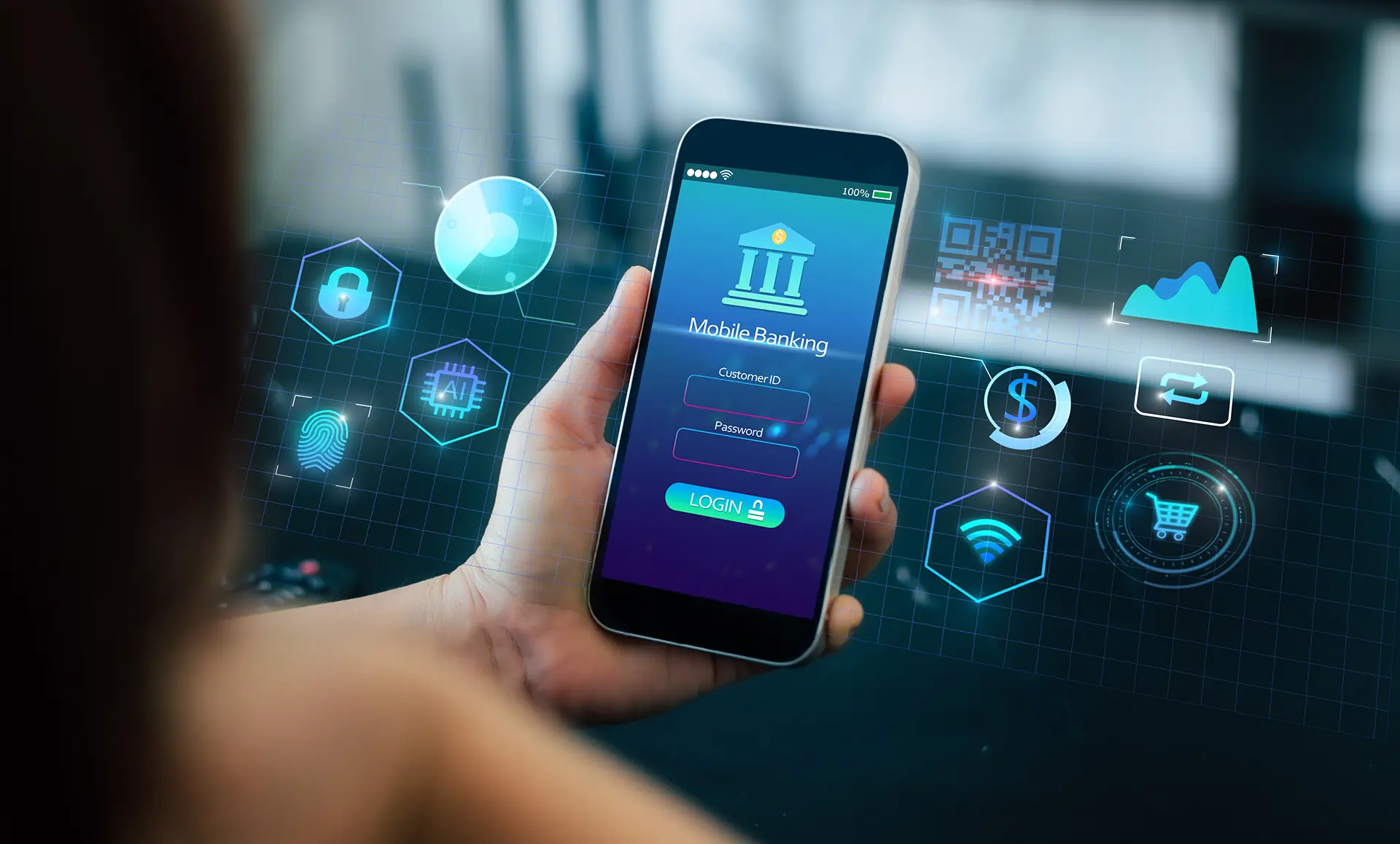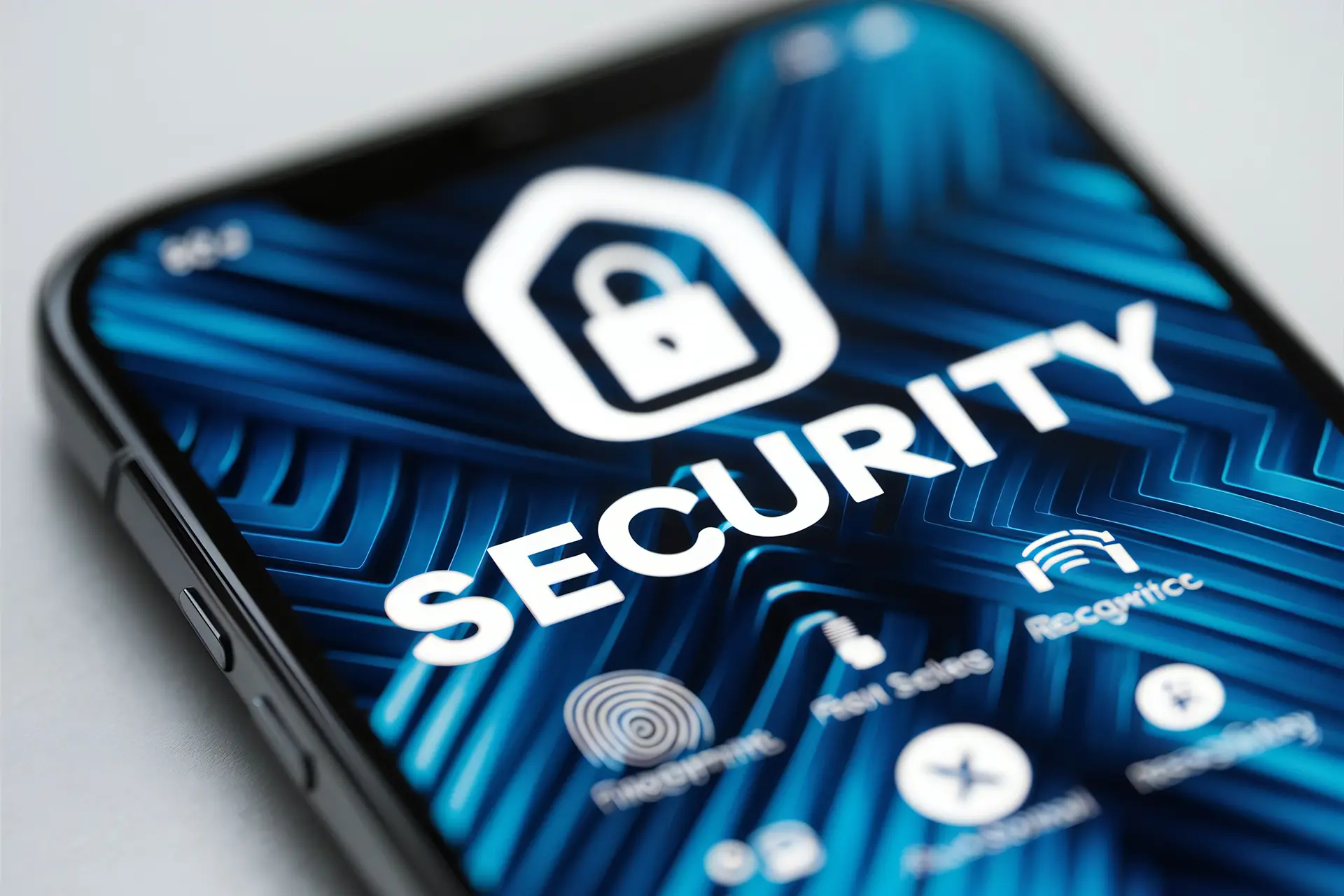Table of contents
- The importance of mobile banking app security
- Mobile banking apps and security: common measures
- Tips for mobile banking app users
- The role of banks in mobile banking app security
- The future of mobile banking app security
Mobile banking apps have become essential tools for managing bank accounts quickly and conveniently directly from a smartphone. However, with the increased use of mobile devices for banking operations, the need to ensure mobile banking security to protect sensitive customer data has also grown.
Home banking activities from the bank’s website seem residual given the convenience of apps. However, there are still operations of such as F24 payment that can only be performed by internet banking by connecting from desktop.
In this article, we will explore various aspects of mobile banking app security and provide tips on how to keep them secure.
The importance of mobile banking app security
The security of mobile banking apps is crucial because these applications handle sensitive personal and financial information. Every day, millions of people use mobile banking apps to check their current accounts, make payments and transfers, and monitor their credit cards.
This frequency of use increases the risk of security threats such as malware, phishing, and hacker attacks. Therefore, it is essential that banks and app developers implement rigorous security measures to protect user data.
Mobile banking apps and security: common measures
To ensure mobile security for online banking, banks use various technologies and practices.
- Two-factor authentication (2FA)
One of the most common measures is two-factor authentication, which requires users to provide two forms of identification before accessing their account. This can include a password and a code sent to the user’s mobile device.
- Biometric technologies
Another security measure is the use of fingerprint recognition or facial recognition to access the apps. These biometric technologies offer an additional layer of protection since it is difficult for hackers to replicate a person’s biometric data.
- Real-time activity monitoring
Many mobile banking apps monitor user activity in real-time to detect suspicious behavior. If abnormal activity is detected, account access can be immediately blocked, and the user is notified via push notifications or email.
Tips for mobile banking app users
Users also play an important role in mobile banking security. Here are some practical tips:
- Download apps only from reliable sources
It is essential to download mobile banking apps only from official app stores such as Google Play Store and Apple App Store. This reduces the risk of installing fake or malware-infected apps.
- Avoid public Wi-Fi networks
When using mobile banking apps, it is advisable to avoid unprotected public Wi-Fi networks that can be easy targets for hackers. Instead, use a mobile network or a VPN for a more secure connection.
- Regularly update the app
App updates often include security patches that protect against new threats. Ensure that the mobile banking app is always updated to the latest version.
- Use strong and unique passwords
Create complex and unique passwords for app access and change them regularly. Avoid using the same password for multiple services.
- Enable security notifications
Enable notifications for all banking transactions. This helps monitor your account and promptly detect any suspicious activity.

The role of banks in mobile banking app security
Banks must continually invest in advanced security technologies to protect mobile banking apps. This includes:
- Implementing advanced encryption protocols
To protect sensitive data during transmission.
- Using firewalls and intrusion detection systems
To prevent unauthorized access.
- Conducting regular security audits
To identify and correct vulnerabilities.
Additionally, banks must educate their customers on security practices. Awareness campaigns and regular communications can help customers understand the importance of security and follow best practices.
The future of mobile banking app security
As technology evolves, so must the security measures for mobile banking apps. Artificial intelligence and machine learning are becoming increasingly important tools for detecting and preventing fraud. These technologies can analyze large amounts of data to identify patterns and suspicious behaviors that may indicate fraudulent activities.
Additionally, the use of biometric technologies is expected to continue growing, offering even more secure and convenient authentication methods. Banks may also begin exploring new forms of authentication, such as verification through the analysis of user behavior, which takes into account how a person uses their mobile device.
In conclusion, the security of mobile banking apps is a shared responsibility between banks and their customers. While banks must implement cutting-edge security technologies and practices, users must follow best practices to protect their data. Only through a joint effort can we ensure that mobile banking apps remain secure and reliable.
FAQ
- What are the main security measures in mobile banking apps?
The main measures include two-factor authentication, the use of biometric data such as fingerprints, and real-time activity monitoring. - Is it safe to use mobile banking apps on public Wi-Fi networks?
No, it is advisable to avoid unprotected public Wi-Fi networks and instead use a mobile network or a VPN. - Why is it important to regularly update the mobile banking app?
Updates often include security patches that protect against new threats. - How can I create a secure password for my mobile banking app?
Use a combination of uppercase and lowercase letters, numbers, and symbols, and make sure the password is unique and not used for other services. - What should I do if I notice suspicious activity on my bank account?
mmediately contact your bank and report the suspicious activity. Change your password and closely monitor your account. - Are biometric technologies secure for authentication in mobile banking apps?
Yes, biometric technologies such as fingerprint and facial recognition offer an additional layer of security. - What are security notifications, and how can I enable them?
Security notifications alert the user to any activity on their account. They can be enabled through the settings of the mobile banking app. - What are the risks of downloading mobile banking apps from unofficial sources?
Apps downloaded from unofficial sources may contain malware or be fake versions designed to steal personal information. - What can I do to protect my sensitive data when using the mobile banking app?
Follow best security practices, such as using strong passwords, regularly updating the app, and avoiding public Wi-Fi networks. - How do banks protect data transmitted through mobile banking apps?
Banks use advanced encryption protocols to protect data during transmission, firewalls, and intrusion detection systems.
